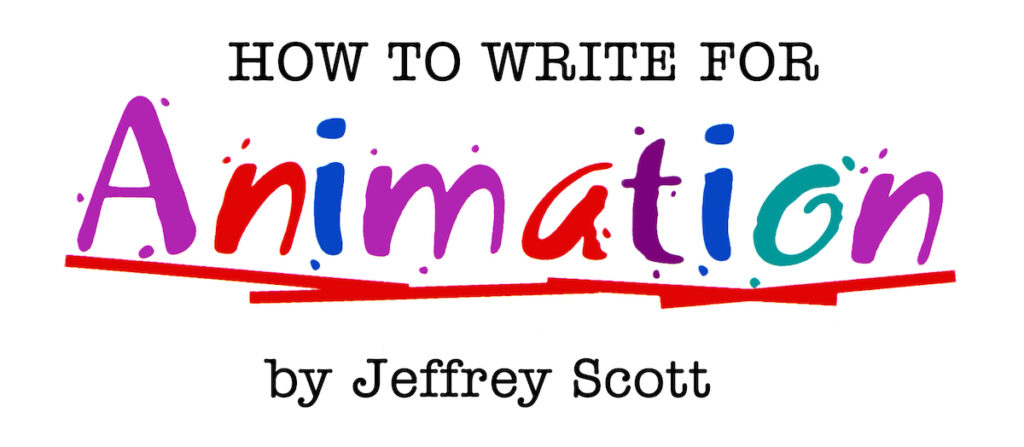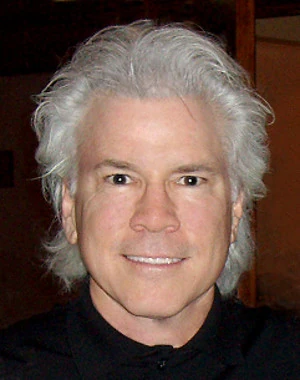
The best way to learn how to write animation scripts is a method I call The Three R’s…
Read ’em! Review ’em! ’Rite ’em!
The first thing to do is read as many scripts as you can. With a little help from Google, many animation scripts can be found on the Internet. Try to find the best scripts you can, ideally the ones from successful series, and especially ones from the types of shows you want to write. For samples of some of my scripts check out my website at the below link.
After you read an animation script, review it. Go over it with an analytical eye. Note what you like about it and what you don’t. Try to understand what the writer was doing and why. Go through it and highlight the things you understood, agreed with, or liked best. I don’t mean story ideas or funny lines of dialogue, but technical items, like how a scene was constructed, or that it was simple and short yet still conveyed the necessary information or humor. Pay special attention to the dialogue, description, structure, and story beats.
After you begin to understand more about scripts you can ’rite one. Don’t expect it to be great at this point. You’re in the learning stage not the selling stage. When you’ve finished it, try to read it from the point of view of a viewer. Compare it to the other scripts you have read. Look for the good as well as the bad. You might want to have someone else read and comment on your script. But if you do, make sure you trust them and respect their creative viewpoint. Bad criticism is worse than no criticism. Then repeat this process again and again. This is how you will really learn to write.
There are far too many nuances of scriptwriting to describe them all. So I’ll stick with the most important points of structure, action, and dialogue as they relate to animation.
There are two basic ways to write scripts. One is the master scene method, the other is the shot-by-shot method. In the master scene method, you simply use a slug line to set up the scene and the rest of the action is handled with description, without the use of camera angles. In the shot-by-shot method, each shot is called out as you envision it. Different studios and producers prefer different methods.
In live-action movies and TV, the director shoots master scenes (a full shot of the entire scene), then medium shots, close-ups, etc. Later, in the editing room, the editor, along with the director, splices these together. In animation, it’s not done this way. Instead, a storyboard is drawn, indicating each of the camera angles and cuts (i.e., the sequence of visual shots, such as from wide to full to close, back to full, etc.) The animation is then drawn from this blueprint. So in animation, either the cutting is done by the writer via the shot-by-shot method, or if the script is written in master scenes then the storyboard man does the cutting as he interprets the script and draws the board.
This gives the writer an important choice. Does he act as the director and call out all the shots, or does he just tell the story, and leave the angles and cutting to the storyboard man and/or director? If you feel you don’t yet have a good sense of visual cutting then you should write in the master scene method. If, on the other hand, you’re good with visual cutting and pacing, try the shot-by-shot method.
Personally, I use a combination of the two methods. I use master scenes whenever I can, and only call out shots and angles when it will help convey the image I’m trying to create or improve the dramatics and pacing. Years ago I used to call out every shot so that a storyboard man could practically draw a panel for every cut I called out. This was a fine way to learn cutting, but it makes the script much too choppy for a good read. Remember, your script isn’t just for the board man; it’s for the story editor or producer to read and enjoy so he’ll hire you!
©Jeffrey Scott, All Rights Reserved
Jeffrey Scott has written over 700 animated and live-action TV and film scripts for Sony, Warner Bros., Disney, Marvel, Universal, Paramount, Columbia, Big Animation, Hanna-Barbera and others. His writing has been honored with three Emmys and the Humanitas Prize. He is author of the acclaimed book, How to Write for Animation. To work with Jeffrey visit his website at www.JeffreyScott.tv.
Read other articles from this series:
#1 The difference between live-action and animation writing
#3 It all begins with a premise
#4 The secret to developing your story


